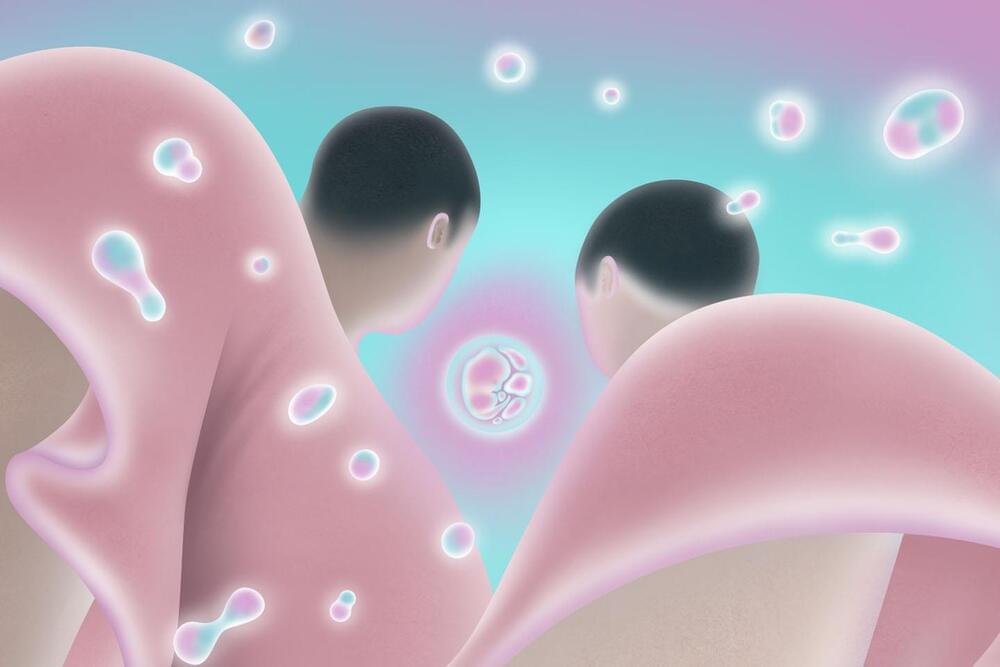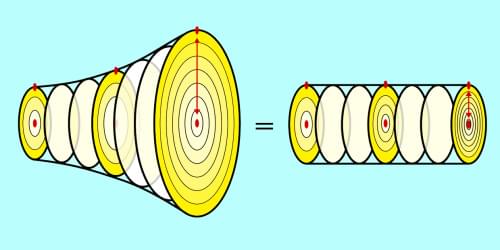Starship is getting very close to becoming real. Starship just did a 14 engine static fire which is nearly as powerful as the Saturn V that landed people on the moon. A 33 engine static fire should happen within a month.
In addition, NASA just signed up Starship for a third trip to the moon. They have now signed up for one cargo and two crew missions to the moon for a total of over $4 billion. Other customers have signed up with Starship as well.
KENNEDY SPACE CENTER, Fla. — NASA has awarded SpaceX a $1.15 billion contract to develop an upgraded version of its Starship lunar lander and fly a second crewed mission.
NASA announced Nov. 15 it completed a contract modification for what is formally known as Option B of its Human Landing System (HLS) contract with SpaceX. Option B covers upgrades to the Starship lander originally selected for HLS by NASA in April 2021 for $2.9 billion. The option also includes a second crewed demonstration landing mission.
“Continuing our collaborative efforts with SpaceX through Option B furthers our resilient plans for regular crewed transportation to the lunar surface and establishing a long-term human presence under Artemis,” Lisa Watson-Morgan, NASA HLS program manager, said in a statement. “This critical work will help us focus on the development of sustainable, service-based lunar landers anchored to NASA’s requirements for regularly recurring missions to the lunar surface.”





